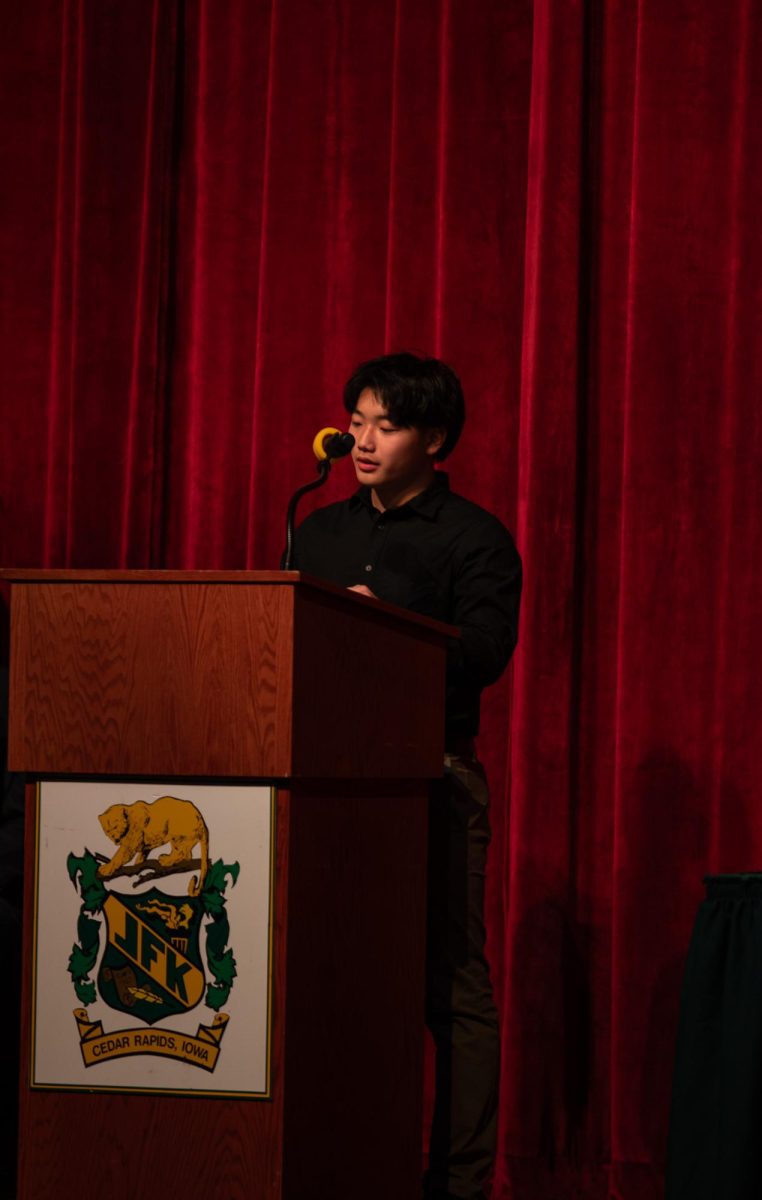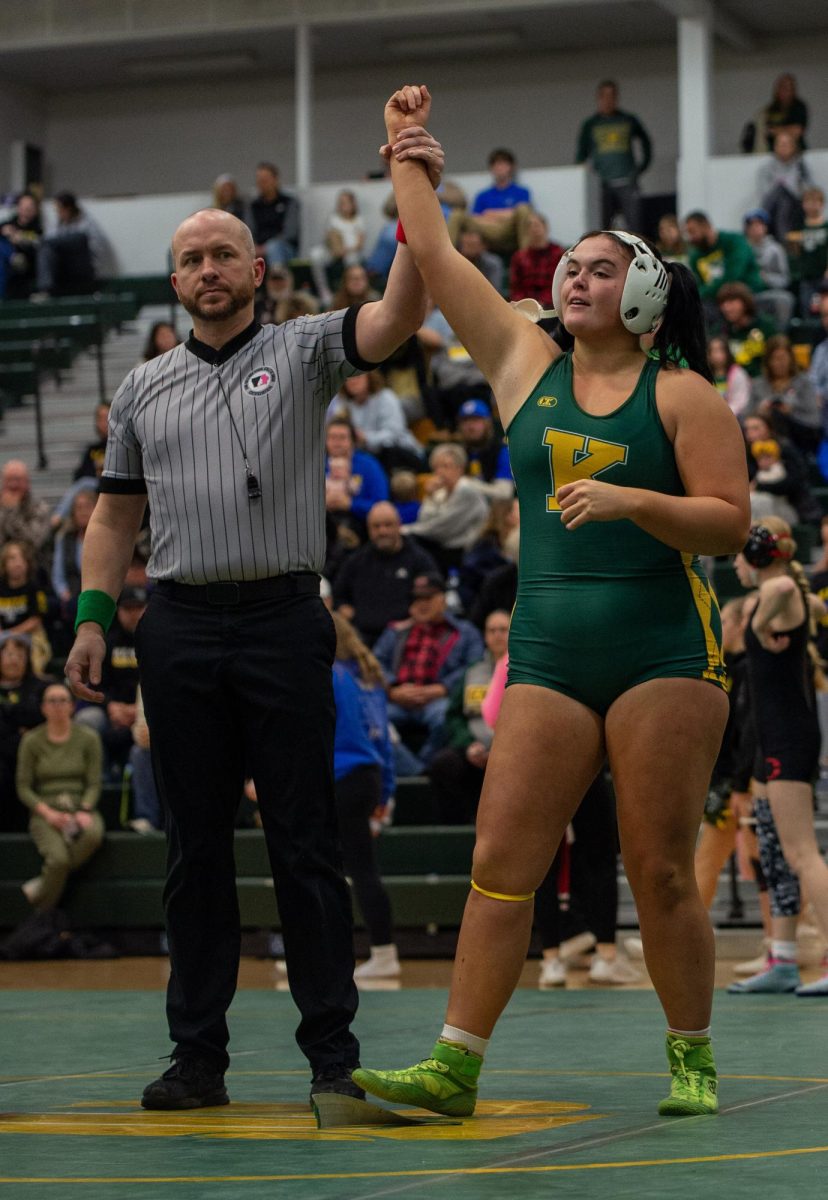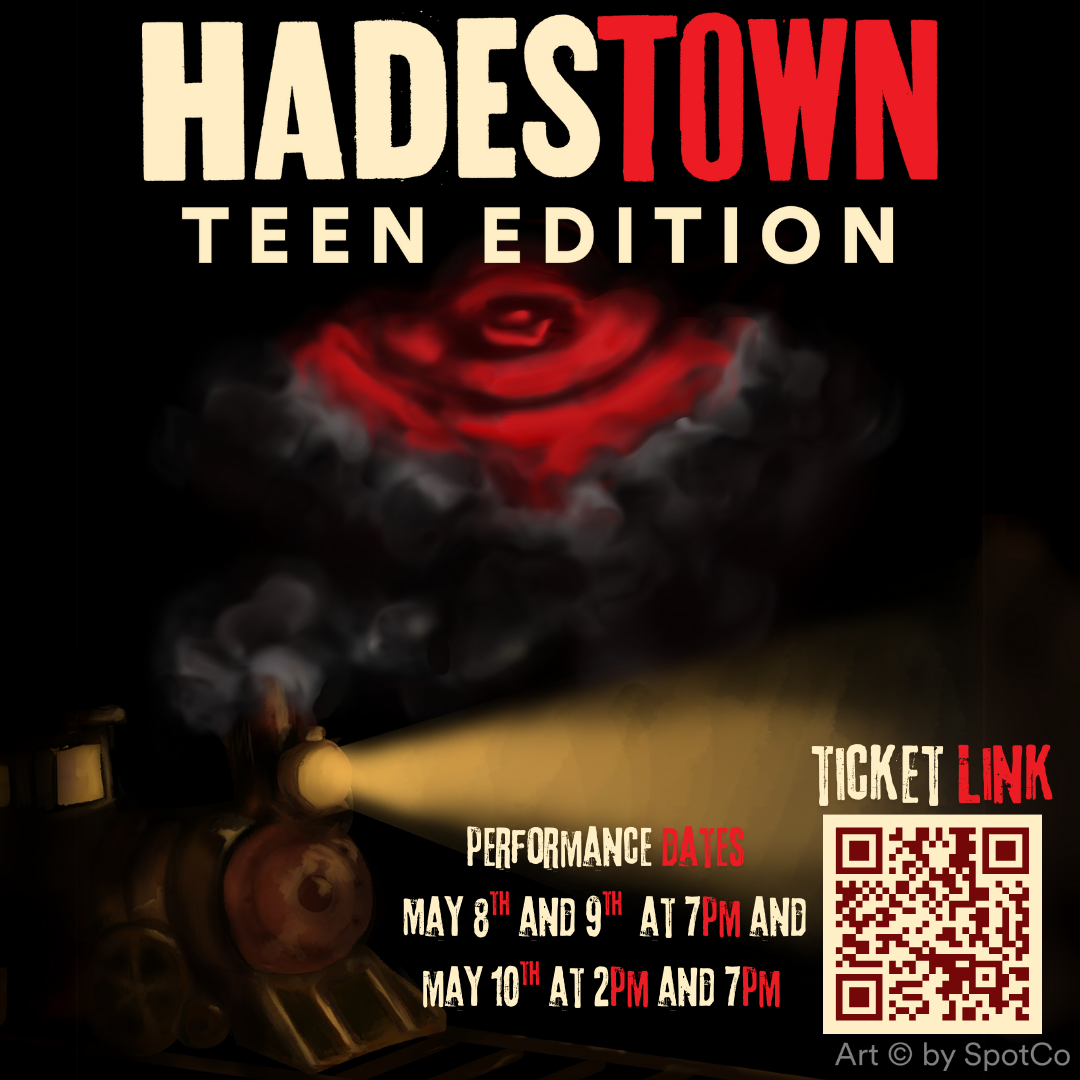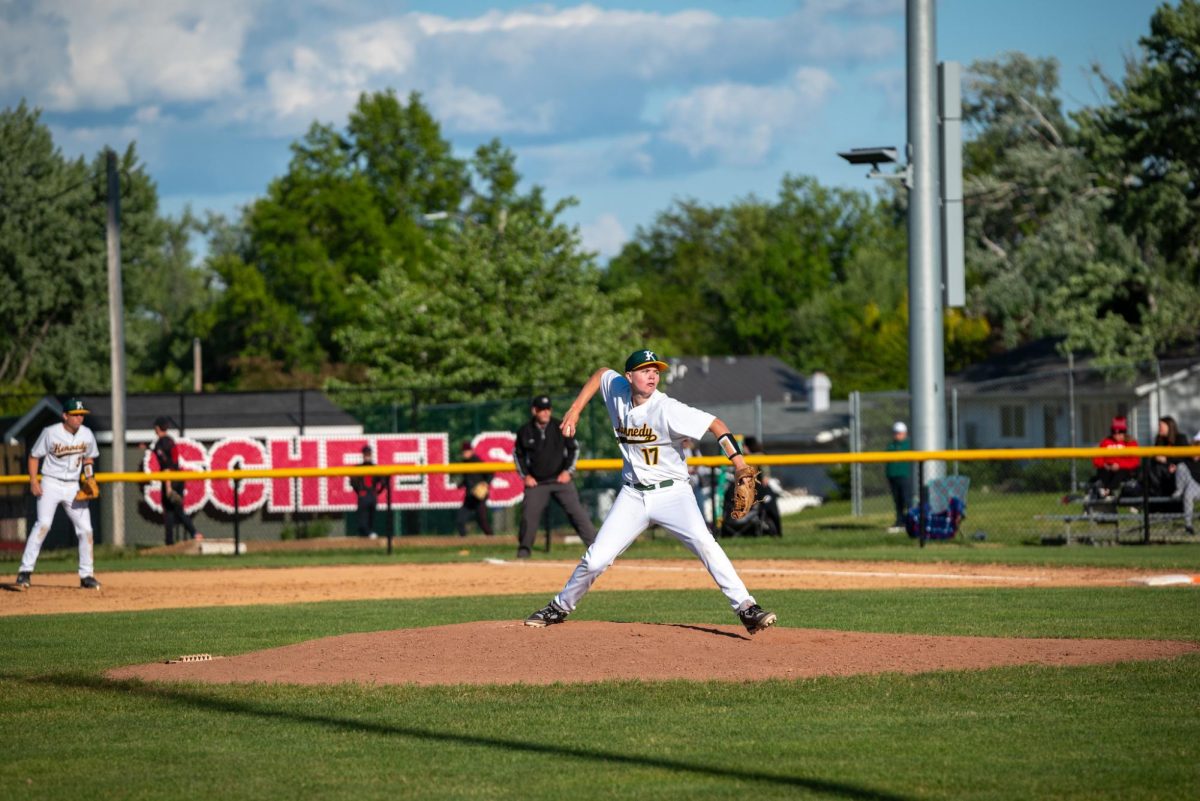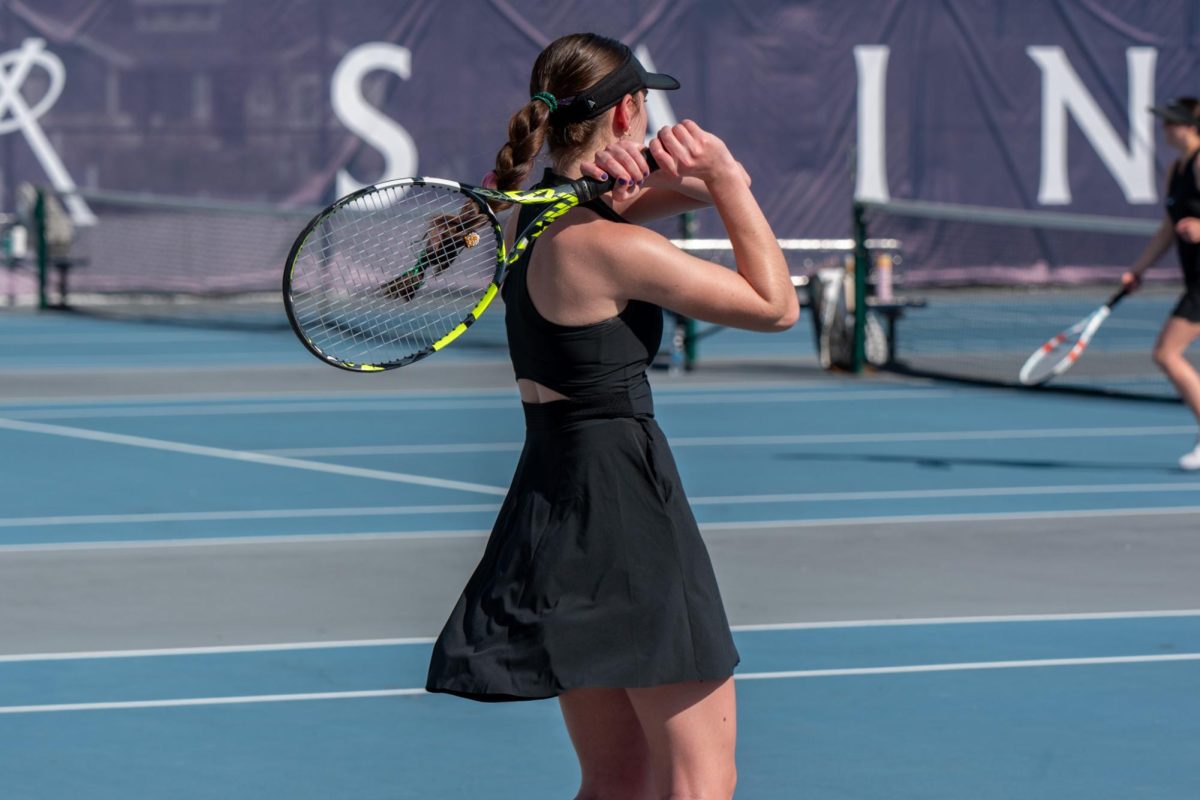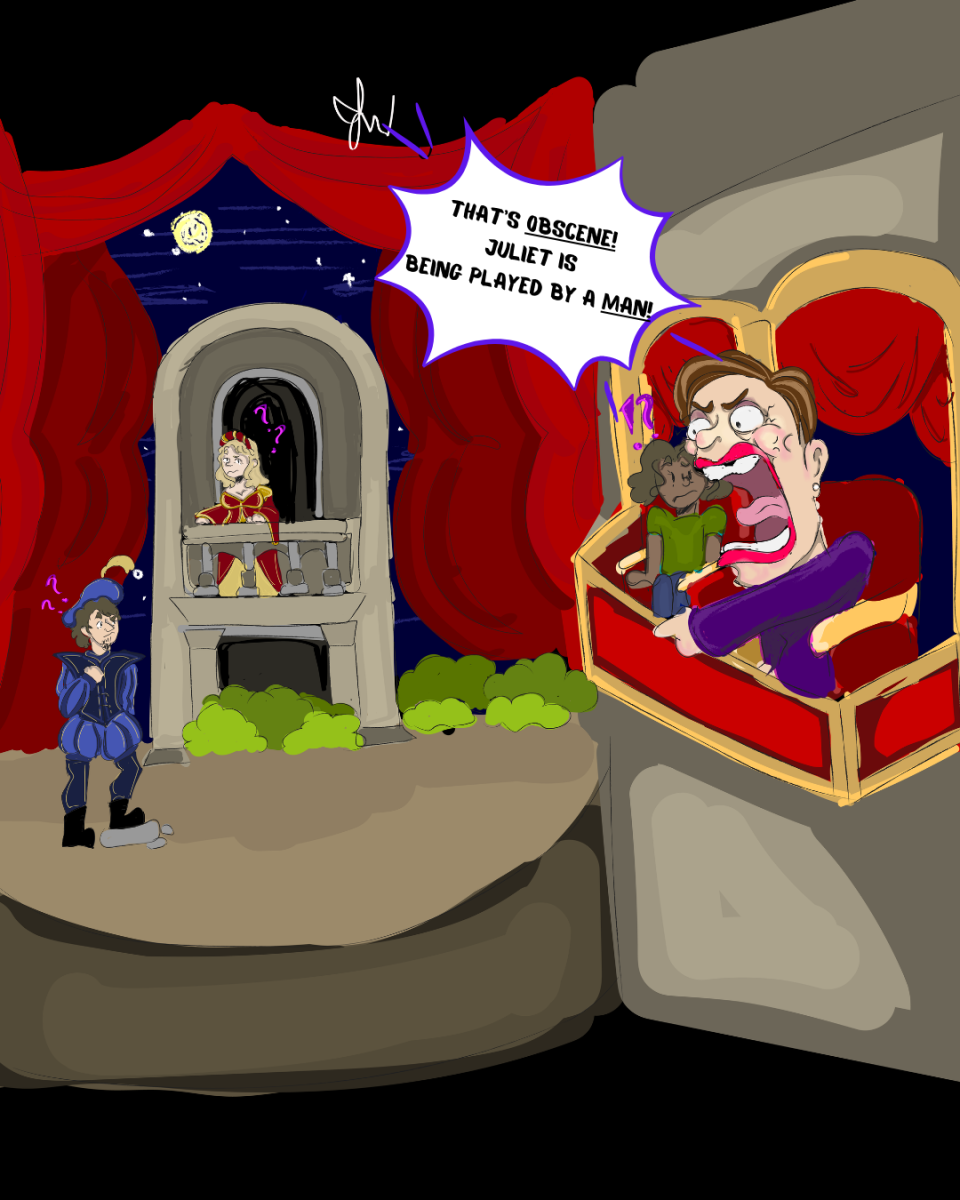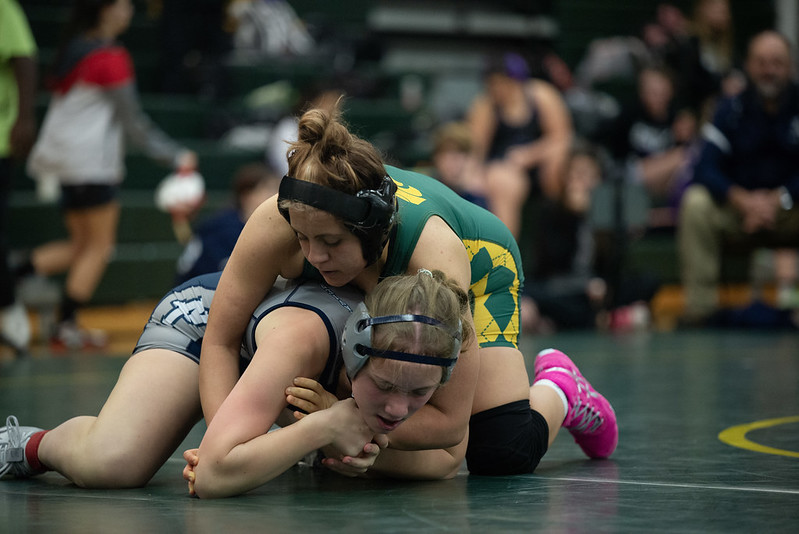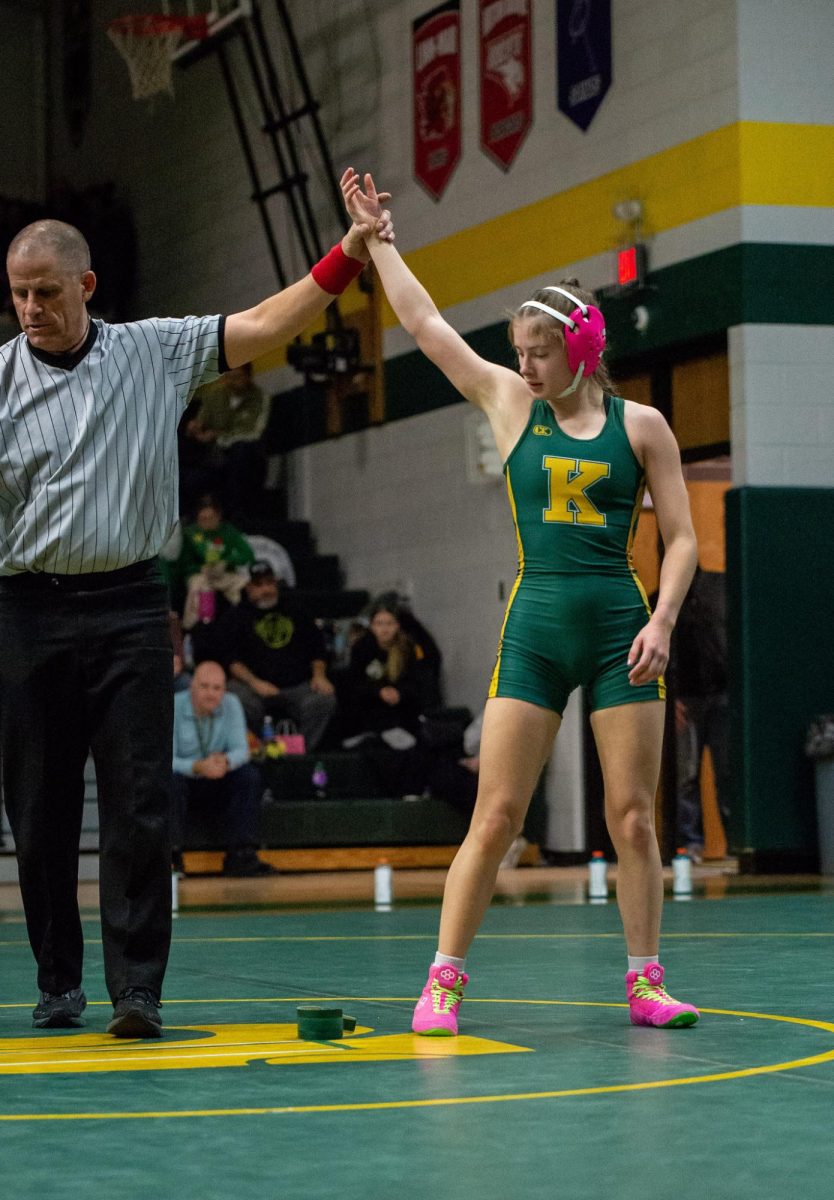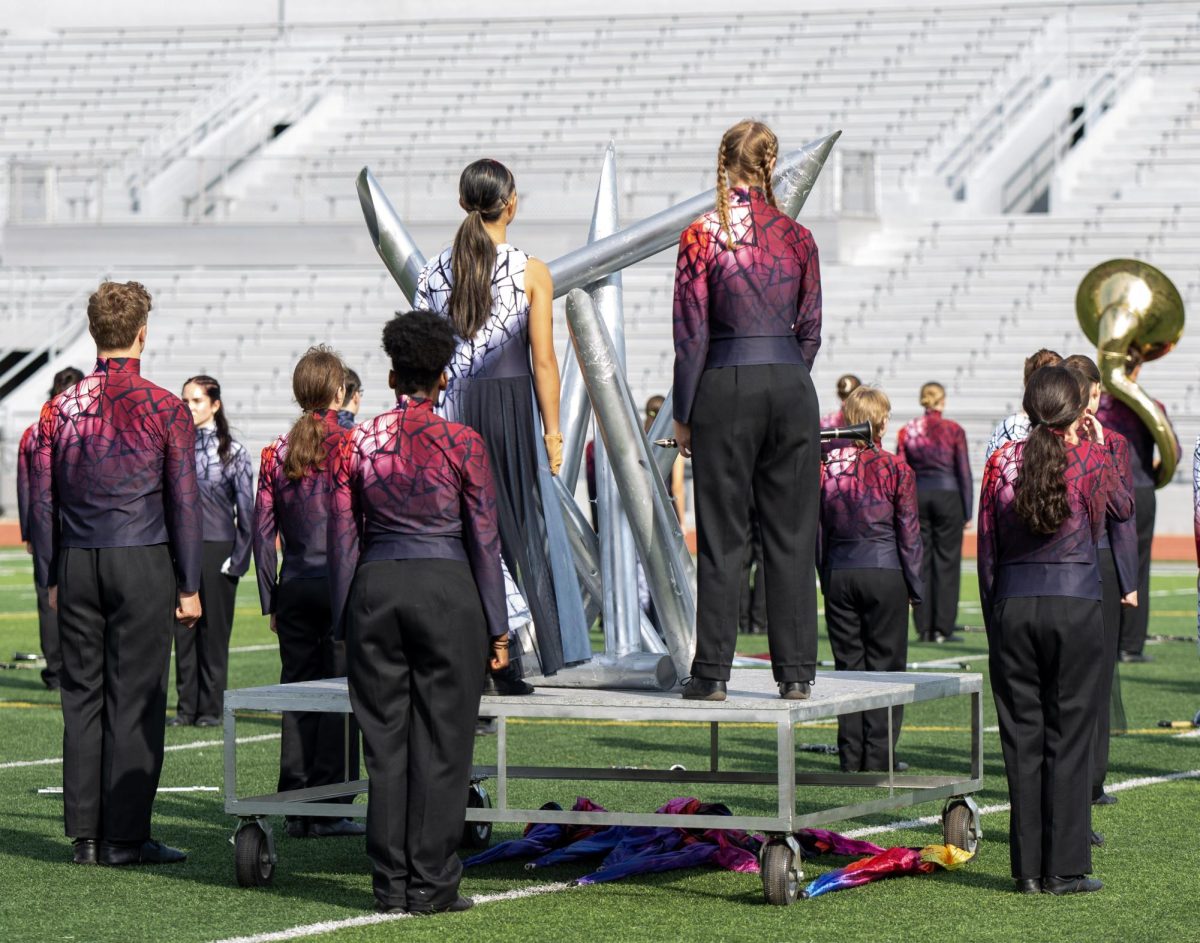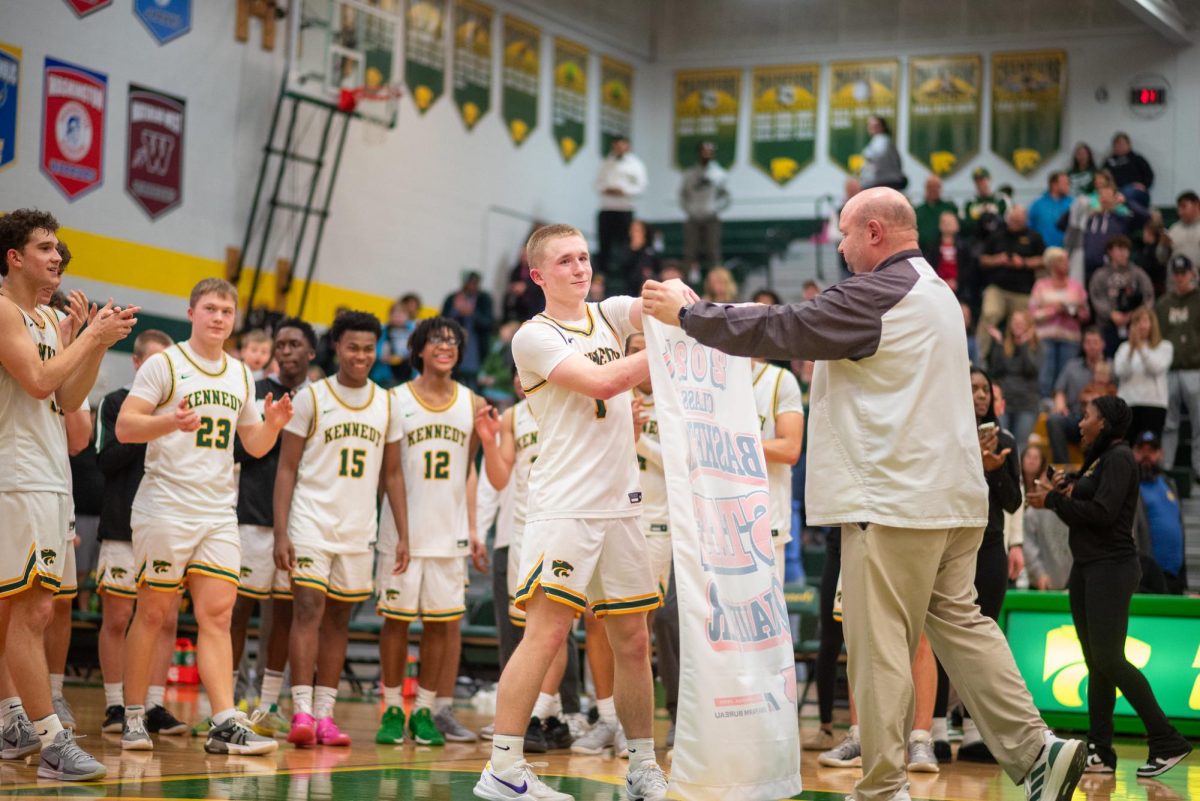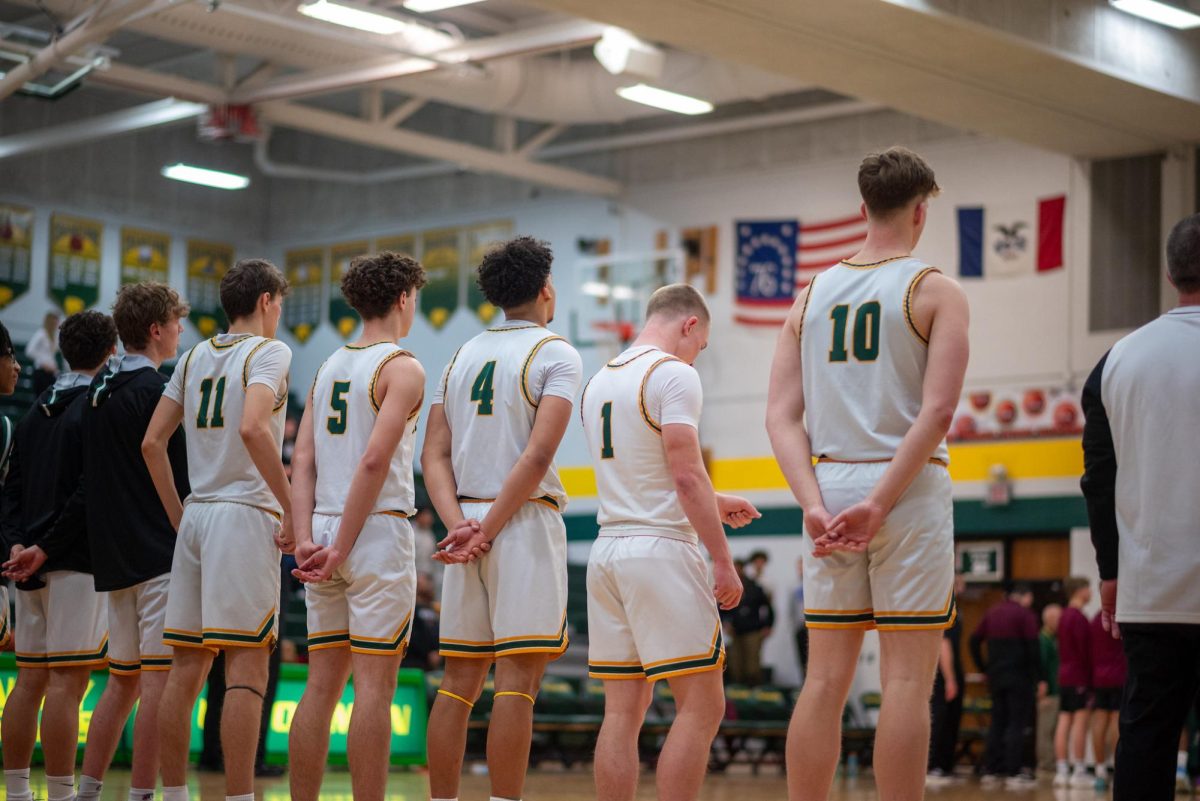Graphic novels are historically used much less than traditional novels in school. While nearly every language arts class involves reading at least one traditional novel at some point, relatively few classes at Kennedy use graphic novels.
One class at Kennedy that does involve graphic novels is Perspectives in Literature. This class does a unit on comics, as well as reading the graphic novel Watchmen.
“Perspectives is a course where we study contemporary literature and culture,” Michael Ayers, one of Kennedy’s Perspectives teachers, said. “And Watchmen was named one of the best novels of the 20th century by Time magazine. Just because it happens to be a graphic novel doesn’t disqualify it from being studied.”
Some people feel that graphic novels should be used because they might appeal to people who may not necessarily enjoy reading traditional books.
“When we first started reading Watchmen, I was kind of opposed to it just because it’s a graphic novel,” Andy Hanson, sr., said. “But once we started reading it in class I got really into it, and it made it more interesting for me than just sitting there reading a book.” Hanson taking Ayers’ Perspectives class.
However, the reverse of that is that some might prefer traditional novels over comics.
“There’s definitely people unlike me who might not really like things like that,” Hanson said, “they might prefer a traditional book whereas I get kind of bored sometimes [reading a traditional novel].”
There are a lot of speculations as to why comics and graphic novels are used less than traditional books read in class rooms.
“I think comics have been marginalized because, one, it’s sometimes assumed that comics are for kids,” Ayers said. “Also because they fall between the cracks of our curriculum. Art classes usually don’t deal with them because they’re also writing, and language arts classes have historically not used them because they are also art.”
However, graphic novels seem to be gaining more ground in schools than they have had in the past. For example, Kennedy has had a classroom set of Maus, the first graphic novel to receive a Pulitzer prize, for about the past dozen years.
“I think that that [the amount of graphic novels] will change as time goes on,” Ayers said. “For example, I think there are some history based nonfiction graphic novels that would fit into curriculum. I also think teachers are also more aware now that graphic novels appear to some reluctant readers.”

